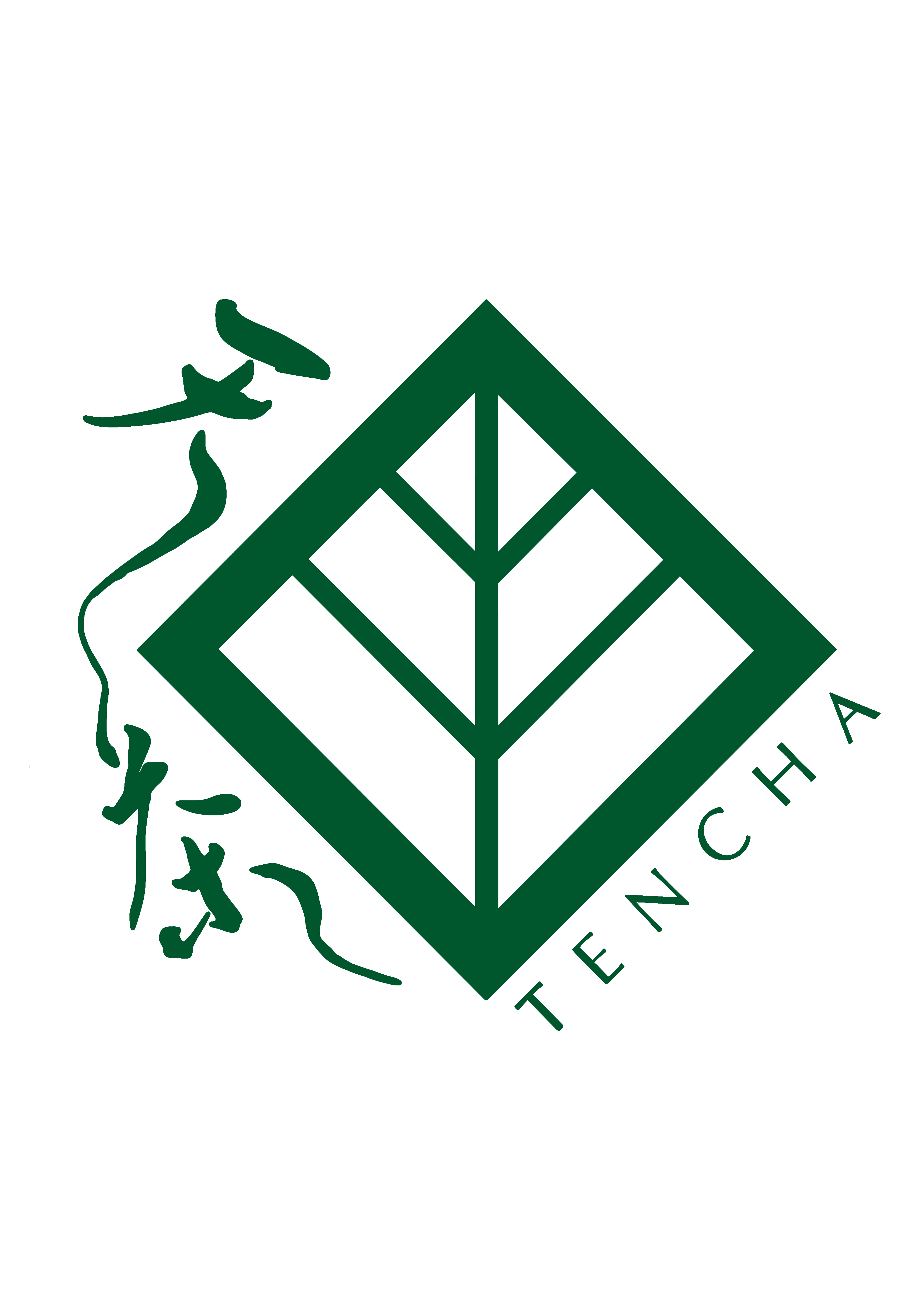Takayama chasen, and their 500 years of history, have been recently recognised as a traditional craft by the Japanese Minister of International Trade and Industry. Chasen shi, or the chasen craftspeople of Takayama, produce around 120 types of alpine chasen, each with a slightly different shape, bristles, and materials.
Takayama chasen are made exclusively from locally sourced bamboo, which needs to be approximately 2-3 years old. The process of preparing the bamboo is only possible in the winter months, and each stalk of bamboo makes only three to four chasen. First, the bamboo is cut down and then boiled, which removes any dirt and natural oils. It is then left to air dry in the sun and cold mountain air. Two months later, it’s transferred into the shade and left to dry for two years until it’s ready to be worked into chasen.

The Process
Katagi
The skin from the top half of a single piece of bamboo is gently peeled away, then split and divided into 16 equal parts using a sharp knife. Next, each segment is bent backwards, separating the softer inner layer from the more robust outer layer. Finally, the soft inner layer is discarded.

Kowari
The tip of each section is carefully separated by hand and then split into even smaller pieces using a sharp knife. The number of segments is dictated by the type of whisk and the desired final number of bristles.

Ajikezuri
The finely cut sections of the bamboo are immersed in hot water and then shaved with a knife until the tips become tapered and almost transparent. This is when the Takayama Chasen begins to take its shape. The tips or bristles are then curled to refine their whisking capabilities.

Mentori
The master craftsman then hands the whisk over to their apprentice, who will shave down each bristle until they are smooth to prevent any powdered tea from sticking to them.

Shitaami
A thread is weaved at the base of the bristles to separate the inner and outer layers.

Uwaami
The whisk is double-checked for any remaining ragged edges and then reinforced with two additional lines of thread.
Shiage
The innermost layer of bristles is twisted together by hand. Then the whisk is returned to the master craftsman, height, shape, and distance between the strands are adjusted if necessary. The whisk is then shaped into its final form.

We put our hearts into making each item, so the difference from mass-produced items is obvious."
How to care for your Chasen:
Preserving your natural bamboo chasen will require a little care and attention to ensure its longevity. Before you use your whisk to prepare matcha, it’s essential that you use hot water to soften the bristles, making them more flexible and less prone to snapping. You can do this by simply immersing the bristled end of your whisk in hot water and moving it through the water without touching the base of the bowl. Once you’re ready to whisk your tea, your chasen should hardly touch the chawan because too much pressure could cause the bristles to break. Once you’ve whisked your tea into a beautiful jade foam, remove the chasen with the bristles facing upwards, rinse it with warm water and allow it to air dry.
Storing the chasen in a place that is not too dry will help to stop the bamboo from splitting.
Author: Natalie Leon

